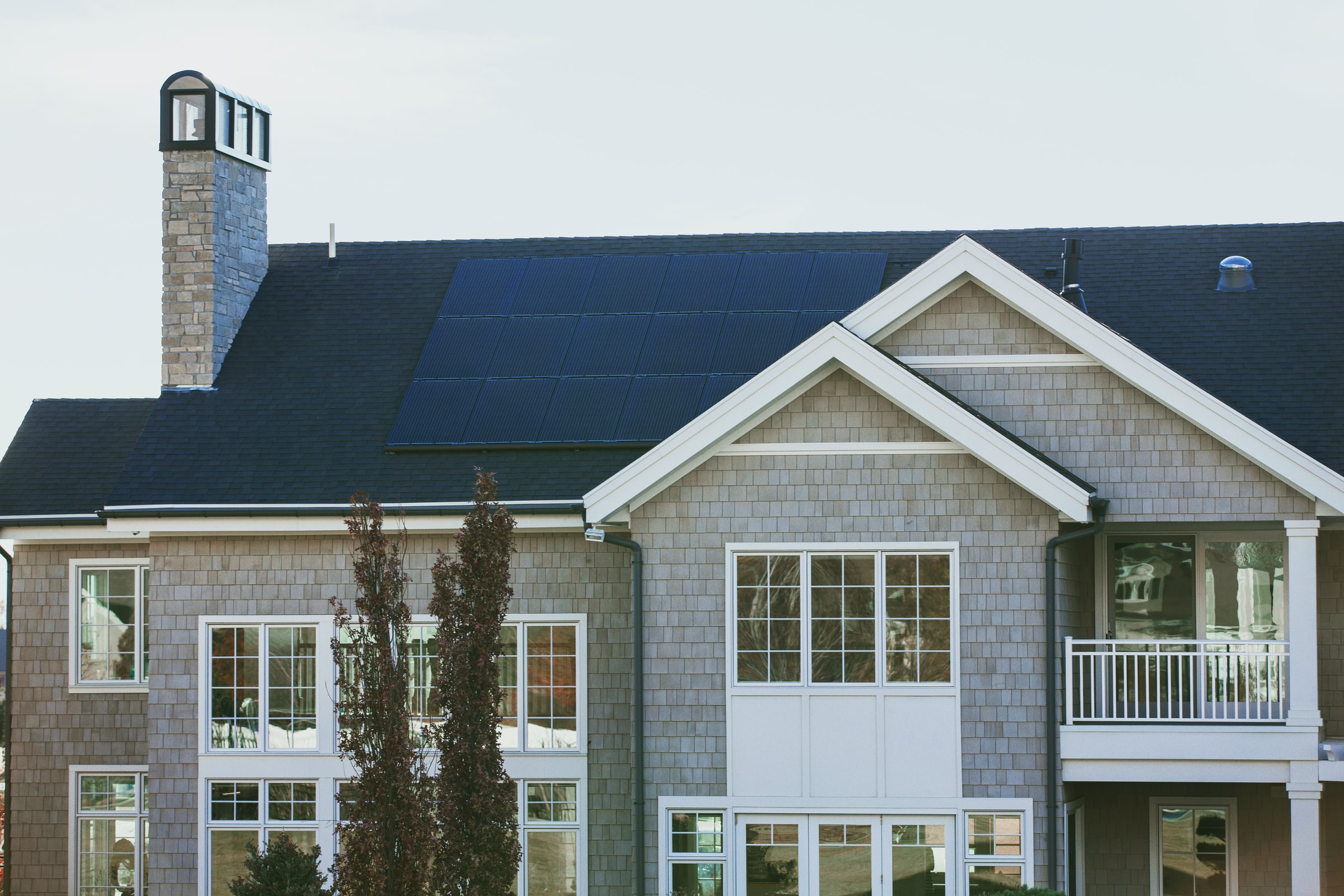The use of electricity obtained from solar panels is becoming more and more common at the moment. It is both a good way to preserve the environment and an economical option for energy consumption. In this article, we will develop what you need to know about the installation of a solar panel.
Choosing the location of your solar panels

First, let’s note that there are two types of solar panels: photovoltaic panels for electricity and thermal panels for heat. Both are powered by sunlight. Before installing a solar panel, you must first consider the conditions required for its proper functioning:
A sunny region
In this concept, it is necessary to find out about the weather in the region to know if there is enough sun or not. You will then be sure whether it is beneficial to install solar panels or not.
A southern orientation
To ensure maximum efficiency of a solar panel, it must be directed towards the south with a 30° inclination.
Learn about the costs of installing solar panels
There are three main points to consider when installing a solar panel:
-
- The preliminary study
-
- The installation of the panels
-
- The connection to the public electricity grid
You must be prepared for the cost of the installation. The price varies between 8000 and 9000 euros. Of course, you have to check the materials used and make a quality-price ratio on the estimate. The cost can vary depending on the surface covered by the solar panels. All this will depend on the sunshine conditions of a place and the production of the system.
Use financial aid to reduce your expenses on the installation.
Several solutions are available to you to save money on the installation of your solar panels:
The tax credit for energy transition

You can use 30% of your taxes to reduce your expenses on the installation and maintenance of solar panels. However, this credit is only valid for thermal panels and not for photovoltaic ones. It is essential that your house is your primary residence and that it is at least two years old.
The premium for self-consumption
The State pays premiums to individuals who own their own electricity. But it only applies to photovoltaic solar panels. For an installation with a power between 3 and 9 kWp, you will receive 280 euros per kilowatt-peak.
The 5% VAT
If you plan to install thermal or aerovoltaic solar panels, it is possible to have a 5.5% reduction on the VAT. The only condition is the place of residence.
The different types of solar panels
Photovoltaic solar panel
This is the best panel to transform solar rays into electricity. Thanks to the technology of its cells, the current comes from the capture of photons from the solar radiation by the panel. The photovoltaic panel is the most popular type of panel because of its efficiency and affordability.
Solar thermal panel
This type of solar panel transforms solar energy into heat energy. It allows to have domestic hot water but also supplies the heating system. However, it does not provide electricity.
Aerovoltaic solar panel
This panel is composed of photovoltaic cells and is equipped with a ventilation system on the underside. Its particularity lies in its lower layer, which uses air circulation to produce heat from the sun. Thus, the warm air will be diffused in your house.
Hybrid solar panel

This is a solar collector that merges thermal panels and photovoltaic panels. Its main advantage is to capture sunlight to produce electricity and heat at the same time. You can power your electrical appliances with the electricity obtained. For the production of hot water, it is the heat exchanger that takes care of it for the whole house.
In terms of family savings, we can say that these last three types of panels are part of the effective tips to reduce your heating bill, in addition to the other advantages already mentioned in the previous lines.
Sound off in the comments section below, and tell us what you want to read next and if you want to read more about solar panels.







